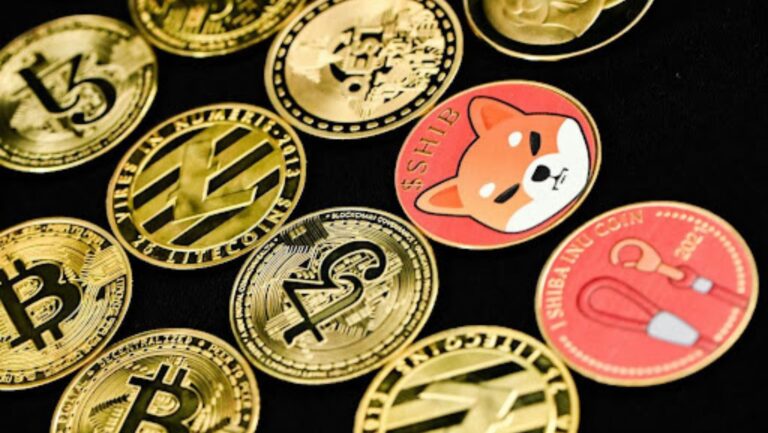In a world where everyone and their dog has a website, standing out is the name of the game. The competition is wild, and just slapping some content onto a homepage isn’t enough anymore. A great site isn’t just functional; it’s magnetic. It makes people feel something—curiosity, excitement, trust, maybe even a little FOMO. If your website isn’t turning heads, it’s time to rethink your approach.
Here’s the thing: you don’t need to reinvent the wheel, but you do need to make it roll differently. And the tools at your disposal? Let’s just say we’re living in a golden age for creators who aren’t afraid to try new things. From storytelling that hooks visitors right away to AI tools that make it ridiculously easy to look like a pro, there’s a formula to getting it right—and it’s not one-size-fits-all.
Stop Thinking Like a Web Designer
The biggest mistake people make is trying to check every traditional web design box. They cram their sites with things like sliders, generic stock photos, and overly complicated menus. Sure, that was cool in 2012, but now it’s just noise. What people actually want is simplicity with a side of personality. Your site should feel like a conversation, not a PowerPoint presentation.
One way to nail this vibe is to treat your homepage like the opening scene of a movie. Think about the story you’re telling. Does your site pull people in, or does it leave them clicking the back button faster than you can say “bounce rate”? A killer headline, bold visuals, and a straightforward value proposition can do wonders.
And don’t forget: less is more. The white space on your site isn’t empty—it’s breathing room. It makes your message pop.
Inject Some AI Magic Without Being Obvious
If you’re not using AI yet, you’re sleeping on an opportunity. The tech has come a long way from clunky chatbots and painfully robotic suggestions. These days, AI can help you add layers of depth to your site that visitors can’t resist exploring.
For instance, imagine using an online AI generator to create immersive, interactive elements. From virtual guides that help customers explore your products to dynamic forms that adapt based on user behavior, the possibilities are endless. AI doesn’t have to scream, “Look at me!” Instead, it should blend so seamlessly into your site’s experience that people are wowed without even realizing why.
Of course, the key is moderation. Nobody wants to feel like they’ve landed on a sci-fi movie set. Keep it intuitive, human-centered, and easy to navigate.
Personalization Is the Secret Sauce
People love feeling seen. Whether it’s their favorite coffee order remembered at a café or a homepage that seems tailored to their exact vibe, personalization grabs attention. It’s all about the details: customized recommendations, dynamic content based on time of day or location, and, yes, even creating a custom AI avatar that guides visitors through your site in a fun and engaging way.
Think about it: when your site feels like it was made specifically for someone, they’re more likely to stay, explore, and convert. And personalization doesn’t have to mean creepy. Be transparent about how you’re using data to improve their experience, and always give them control over what they share.
The Art of Building a Memorable Website
Most websites are forgettable. They might work fine, look decent, and even load quickly, but they don’t leave a mark. If you want your site to be unforgettable, it has to make an emotional connection.
Start by being unapologetically authentic. What’s your brand’s personality? Quirky? Bold? Down-to-earth? Your website should feel like a natural extension of that. Use colors, typography, and visuals that communicate who you are without screaming for attention.
Content is another major player. Don’t just sell—entertain, inform, and inspire. Think of your site as a living, breathing entity that evolves with your audience. Update it regularly with fresh content that adds value. And let’s talk about your call to action. Forget the bland “Click Here” or “Learn More.” Instead, get creative and make people curious about what’s on the other side of the button.

Finally, don’t skimp on the user experience. Smooth navigation, fast load times, and mobile responsiveness aren’t negotiable. They’re the baseline. But what takes it to the next level is the unexpected—those little Easter eggs or micro-interactions that make people smile.
Why Future-Proofing Is a Non-Negotiable
The internet moves fast. What’s cutting-edge today might be outdated tomorrow. Future-proofing your website isn’t just smart; it’s necessary if you want to stay relevant. This means thinking beyond current trends and anticipating what your audience will want next.
AI, for example, isn’t just a trend; it’s becoming a core part of how websites operate. Whether it’s AI-driven search, predictive analytics, or next-level content creation tools, leaning into tech now will save you a ton of headaches later.
But it’s not all about AI. Make sure your site is scalable. As your traffic grows and your brand evolves, your website should be ready to keep up. This includes everything from server capacity to flexible design systems that let you adapt without starting from scratch.
The Bottom Line
Building a killer website isn’t about following a template or playing it safe. It’s about creating something that feels alive, unique, and undeniably you. Whether you’re leaning into the latest tech or stripping things back to the essentials, the goal is the same: make people stop, engage, and come back for more.
The best websites don’t just look good—they feel good. And when you nail that? That’s when the magic happens.











 Emerging as a transformative solution, virtual urgent care allows patients to access medical services directly from home or any location with an internet connection. This new approach conveniently connects patients to healthcare professionals, allowing for an increasingly accessible continuum of care.
Emerging as a transformative solution, virtual urgent care allows patients to access medical services directly from home or any location with an internet connection. This new approach conveniently connects patients to healthcare professionals, allowing for an increasingly accessible continuum of care.















